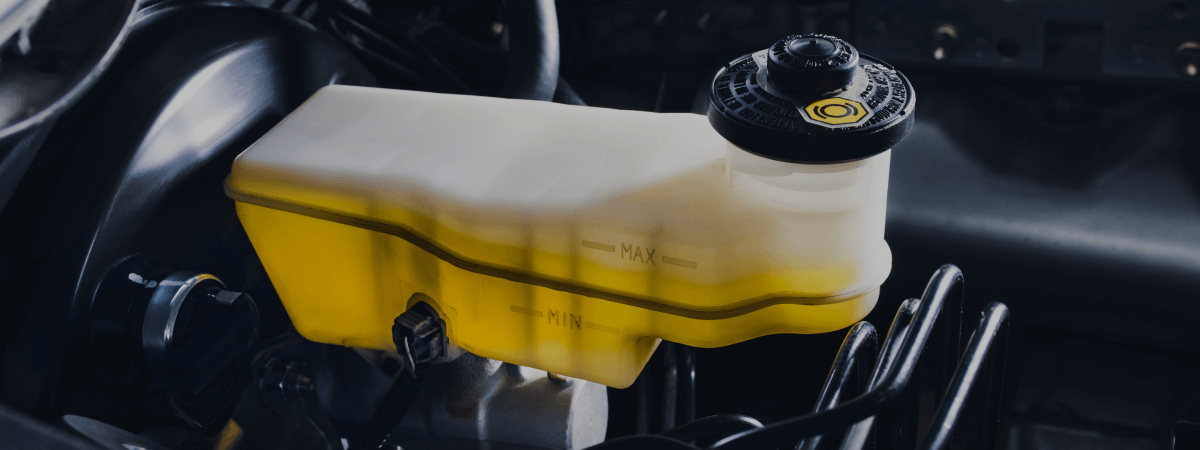
According to Statista, 276 million vehicles were registered in the U.S. in 2019. Considering the national population of 328.2 million people at the time, that is a lot of cars. Among the operators of these vehicles, there are some “gearheads” that know their cars inside and out. But the reality is that the majority of car owners don’t have as good of a grasp on the basics as they probably should. When auto lingo is casually thrown around in conversation, many remain somewhat aloof to the meaning of these terms. If you are one of these individuals, that is perfectly okay, we are here to help you out with the basics. As your auto repair experts in Clearfield, we have put together a list of 12 important automotive terms any car owner should know.
Horsepower
Horsepower is a unit of power that gauges a vehicle’s output. Horsepower is most often calculated by dividing the product of force and distance by time in minutes, but there are a number of different standards of horsepower and methods of measuring it.
Torque
Torque, an important word in physics and mechanics, is essentially the measurement of a moment of rotational force. Measured in newton-meters or pounds per foot, torque is another important metric that expresses the power output of a vehicle.
Catalytic Converter
Located between the muffler and the manifold of a car, the catalytic converter is an essential component of a vehicle’s emissions system. Using precious metals, the catalytic converter helps reduce the toxicity of engine exhaust through a number of redox reactions.
RPM
RPM stands for rotations per minute and is a unit that describes how many times an object completes a cycle or revolution in one minute. In a car, this usually refers to the rotations of pistons in the internal combustion engine.
Suspension
Composed primarily of shocks, struts, and sensors, the suspension system of your vehicle is responsible for smoothing out the ride and affording the driver greater control. Your car’s suspension maximizes the friction between the tires and the road to maximize steering stability and handling.
Lockup
When a driver applies too much force to the brakes or attempts to stop too quickly, they can encounter tire lockup. This usually results in an inability to properly steer the vehicle as well as loss of traction with the road.
Spark Plugs
An internal combustion engine outputs energy by drawing fuel and air into compartments known as cylinders and igniting the mixture. The energy from the combustion moves a piston up and down performing work that ultimately turns the wheels. Spark plugs are the components that ignite the fuel in this system.
Engine Gears
Gears determine the amount of power available to the engine. It is sometimes better to think of gears as “settings.” When a car is in a low gear or power setting, the result is high torque and low speed. Higher gears provide less torque but greater speed.
Engine Knock
Relating to the explanation above of an internal combustion engine, knocking is essentially when there is combustion outside of the normal combustion front. If this happens occasionally, it is usually not a problem, but if it is a frequent occurrence it could cause engine damage. The amount of octane in the fuel one puts into their vehicle is meant to manage engine knock. The higher the octane level, the less incidence of knocking.
Turbo
A turbo on a vehicle forces more air into the engine’s cylinders which, along with extra fuel, creates a bigger “bang” upon ignition. This ultimately translates to more power.
Drivetrain
Simply put, the drivetrain is a group of components that provide power to the wheels. Included in the drive train are the transmission, driveshaft, axles, wheels, and engine.
Alternator
The alternator is an electrical generator that creates an alternating current. The purpose of this current is to take energy from the engine and deliver it to the vehicle’s battery. The alternator essentially facilitates battery recharge every time the car is running.
We hope these definitions help to paint a clearer picture of automotive function. If you have additional questions, concerns, or repair and maintenance needs, we would be happy to help you out. Come visit us in Clearfield today.
Related Posts
Key Takeaways On average, passenger vehicle tires last 40,000 to 60,000 miles, depending on type, driving habits, and maintenance. Replace tires when tread depth reaches 2/32”, if damaged, or older than 10 years. Regular rotation, alignment, and proper inflation extend tire life. Aggressive driving, poor roads, and harsh weather shorten tire lifespan. Take advantage [...]
When you think about car maintenance, you probably focus on oil changes, tire rotations, and maybe even brake pad replacement. But what about your brake fluid? If you’ve ever wondered, “What does brake fluid do?” or “Why is brake fluid important?”, you’re not alone. Brake fluid might not be the most talked-about part of [...]
Is that high-pitched squeal from your brakes driving you—and everyone else—crazy? Don’t ignore it. Squeaky brakes aren’t just annoying, they’re your car’s way of saying something needs attention. Whether you're cruising through Salt Lake City or winding up Idaho’s mountain passes, here’s what’s likely going on, how you can fix it, and when it [...]





